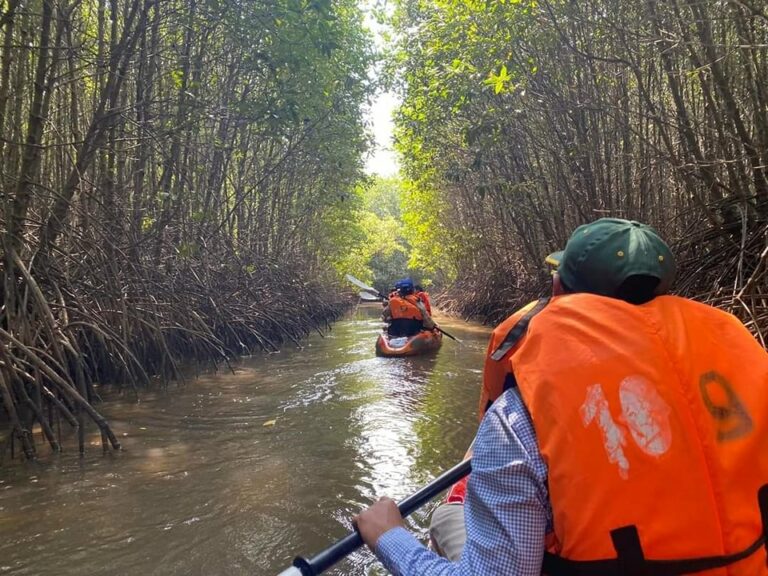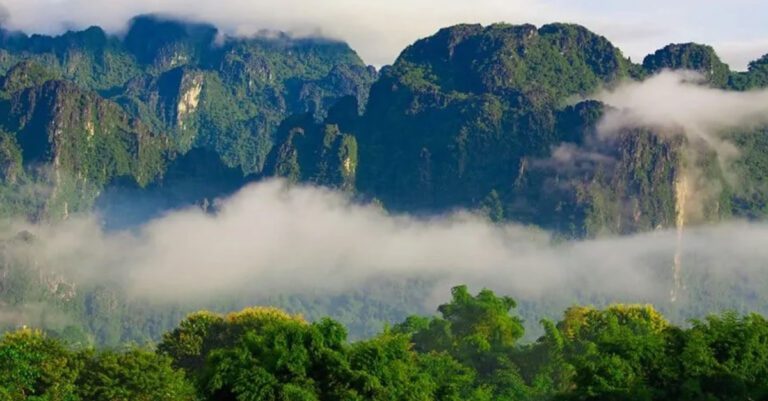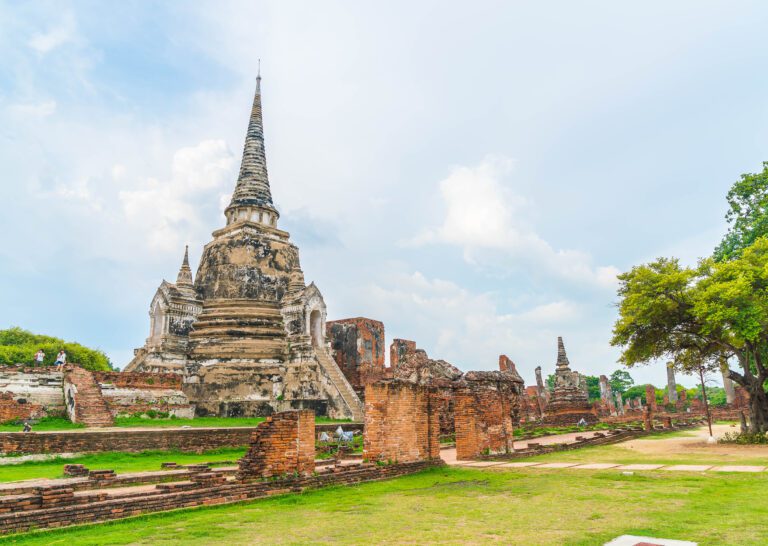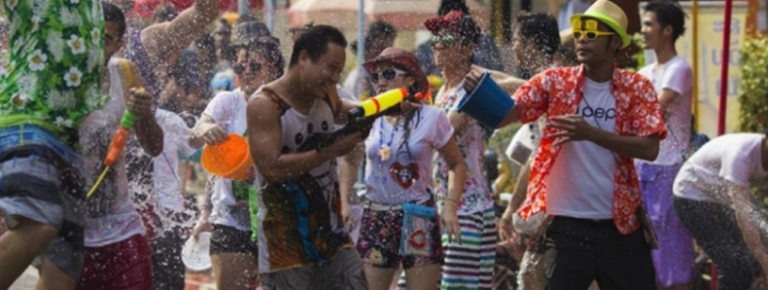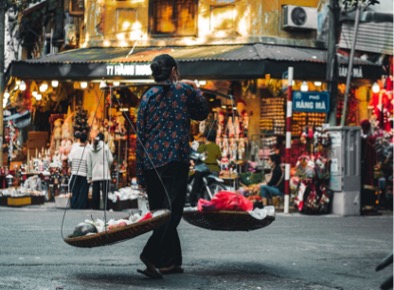
The Mekong’s older settlements were built at a much smaller scale than today’s modern cities. Built for walking, they tend to retain narrower streets and lower buildings – all making them feel more humane, as long as the crowds aren’t too intense!
Walk in the old cities that remain in the Mekong Sub-Region, and you’ll see their human scale for yourself – as well as discover activities that are best explored on one’s own, without a tour guide leading the way.
Shopping at Hanoi’s Old Quarter, Viet Nam. The maze of shops making up Hanoi’s Old Quarter has been doing business here since the 13th century. While the goods sold here have evolved over the centuries, the street names recall the original goods that each street specialized in, once upon a time.
The “street of hemp” (Hang Gai) is now the preferred stop for tailors and silk fabrics. The “wooden chests street” (Hang Hom) is now full of stores selling lacquerware. The streets are as specialized as ever, though the trades behind the names may or may not have moved on; Lang Ong Street is where you go for aromatic herbs and spices, Hang Manh for traditional musical instruments, Nha Tho Street for decorative souvenirs, and so on.
Many of the shophouses in the Old Quarter are prime examples of “tube houses”, a relic of the days when houses were taxed on the street frontage they took up. To minimize their dues to the government, homeowners decided to build long, narrow homes, which stand on the Old Quarter to this day!
Temple-hopping at Luang Prabang, Laos. The former capital was founded on Buddhism and reverence to royal authority. While the latter may be only an echo, the former is still going strong, to go by the morning “tak bat” alms giving ritual for the local monks, and especially so through the lavishly decorated temples in the old town’s center.
There are over 30 temples in Luang Prabang, the largest and most beautiful being Wat Xieng Thong. Built in the classic Luang Prabang style, Wat Xieng Thong is covered in traditional art: from carvings of figures from Lao myth to a gorgeous tree-shaped mosaic worked into the exterior wall.
Other temples within walking distance include gold-covered Phou Si; 17-spired Haw Pha Bang; Vat Pak Khan Khammungkhun on the confluence of the Mekong and the Nam Khan River; and the “monastery of the opened heart” Wat Aham, where Theravada Buddhism is practiced alongside a more ancient form of spirit worship.
Eating local food at Lijiang Ancient Town, Yunnan, China. The scenic capital of the Naxi ethnic community in Yunnan, Lijiang Ancient Town, is eminently walkable – with narrow lanes and an architecture that creates a unique Naxi sensibility by combining Han, Bai, and Tibetan design.
Beyond the waterways and the ancient houses, though, Lijiang is also a foodie’s dream. Every three shops in Lijiang’s commercial area sells unique Naxi delicacies – from yak-milk yogurt to dried yak meat to “flower cakes” stuffed with roses.
The shops lining Lijiang’s canals tend to be more expansive and expensive, with the tour groups occasionally bursting into song. Go to the Old Town’s outskirts for cheaper, hole-in-the-wall restaurants that remain authentic with a much lower cost.
